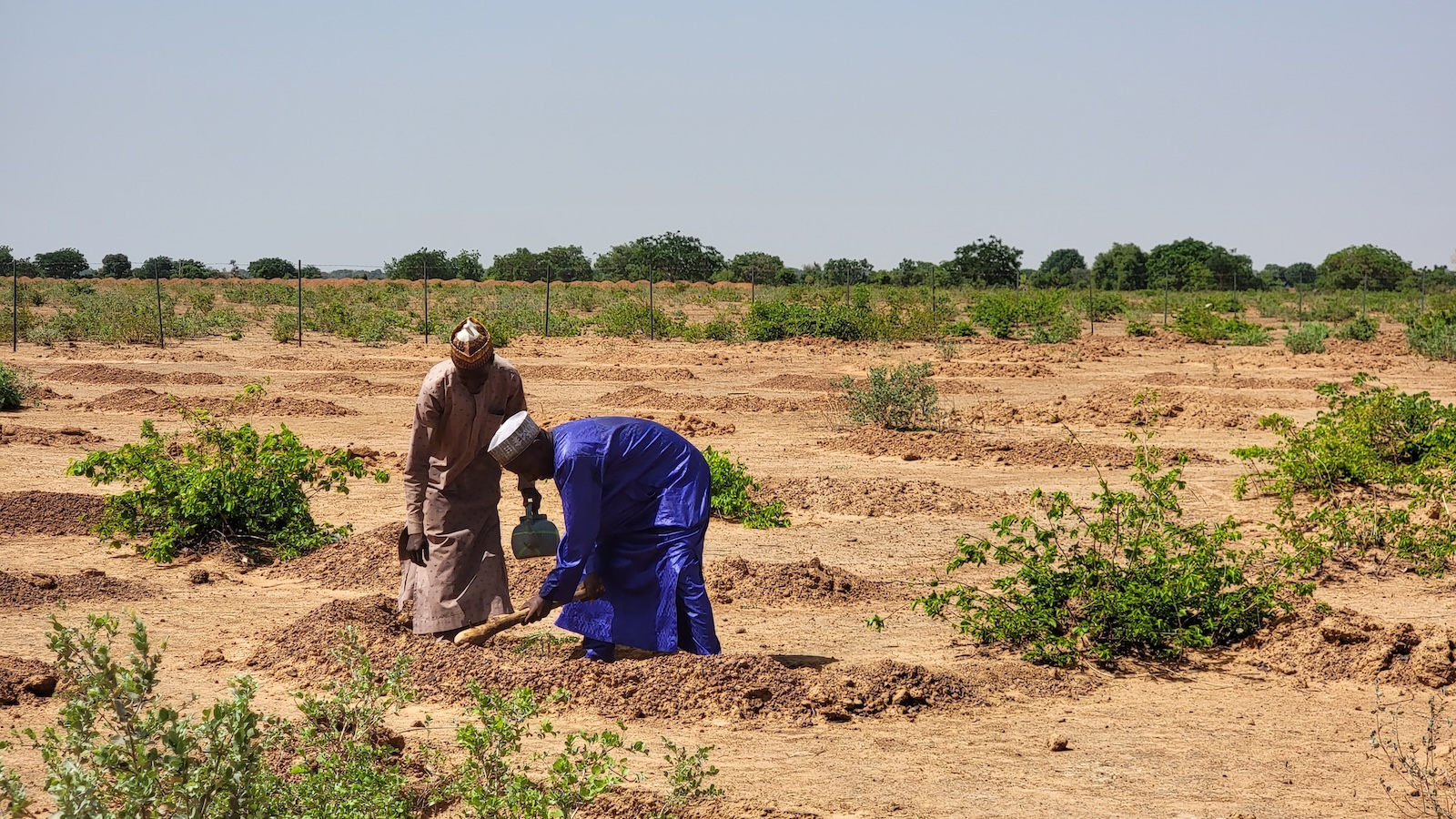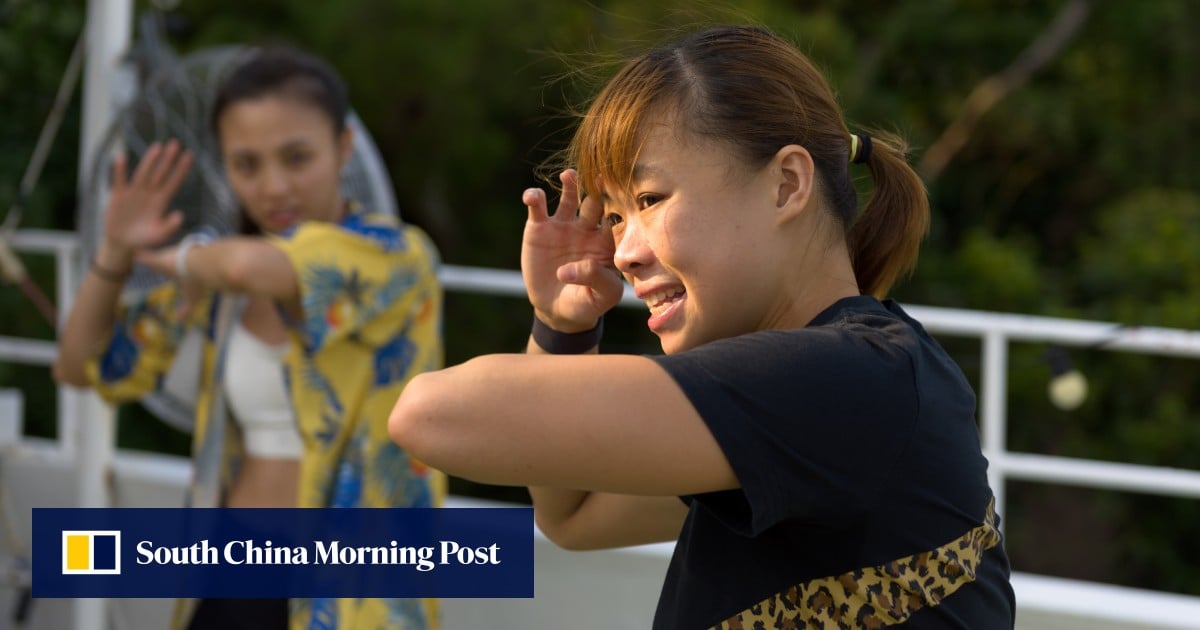Fashion
Why You Should Visit This Underrated Japanese Island

As I was taking a break from a bike ride up Sakurajima volcano on the Japanese southern island of Kyushu, an old woman shuffled toward me on the side of the road. I was unknowingly standing next to her loved one’s grave—a small tombstone covered with a tin roof to keep it clean from the looming volcano’s billowing ash. When she found out how far I’d come, she insisted on giving me her bouquet of bright yellow canary eggplant, an inedible tropical fruit, instead of placing them on the grave as she had planned. After a long, warm exchange, my guide whispered to me with wet eyes, “That’s the Japan I know.”
In a country facing overtourism, it can be hard to find the kind of Japan my guide was referring to; the one rooted in Buddhism and Shintoism, where locals value gift-giving as a means of cycling positive energy and consider time in nature sacred. Not in Kyushu. The coexistence with the earth is tangible here, as residents bathe in the island’s abundant hot springs and live with the constant awareness that the ground beneath them was formed relatively recently from the 1914 eruption of the still-active Sakurajima volcano. Surviving the 1945 atomic bomb dropping in Nagasaki and the persistent threat of the volcano has united the people of Kyushu, fostering a sense of community needed more than ever in a country where suicide and loneliness is on the rise. The result is a distinctly warm hospitality that is increasingly hard to find in Japan and makes the southern island feel like a journey back to the Japan of a bygone era.
Kyushu’s three biggest cities offer the best of Japan without having to travel the whole country: Nagasaki for its history, Kagoshima for its access to nature, and Fukuoka for its cosmopolitanism. Read on for the highlights.
Fukuoka
Vintage Store Hakata Old Town
Anna Haines
When an efficient subway whisked me from the Fukuoka airport to The Ritz-Carlton in just ten minutes, I already knew I’d like the city. The equivalent journey in Tokyo took 2 and a half hours. I soon discovered the country’s sixth largest city offers the same (if not better) shopping, culture, and culinary variety as Tokyo but without the crowds or the cold climate.
Unlike Tokyo, where every sightseeing destination was a confusing train journey away, in Fukuoka, any attraction I wanted to visit was a walkable distance from the city center. In a single day, I wandered the ruins of Fukuoka Castle and witnessed a cloud forest amid the cherry blossoms in Ohori Park (Fukuoka’s Central Park), temple-toured my way through Hakata Old Town (what was Japan’s largest trade port between the 12th and 16th centuries), and window-shopped the vintage stores in Imaizumi and Tenjin.

Cloud Forest Ohori Park
Anna Haines
Then there’s the food. Fukuoka is the birthplace of tonkotsu ramen and udon, as well as local specialties like motsunabe (intestines stew) and goma-saba (a local preparation of mackerel sashimi in sesame sauce). Every night at 6 p.m., I marveled at the yatais food stalls rapidly setting up shop along the Naka River. Despite being banned in most Japanese cities, the historic food stalls continue to thrive here, attracting lines of locals eager to sample yakitori and gyoza at their intimate chef’s counters.
But my most memorable meal in Fukuoka was, of all places, at my hotel. At the Ritz’s signature restaurant Genjyu, I had an elaborate kaiseki dinner with local specialties like blowfish, monkfish liver, and black wagyu beef, overlooking the twinkling skyline from the 24th floor. When I wasn’t taking in the same view from the floor-to-ceiling windows in my room, I was at the spa, unwinding in the sauna or indulging in a nourishing seaweed body wrap.
Nagasaki

Chinatown Nagasaki Lantern Festival
Anna Haines
I’m embarrassed to admit it was Oppenheimer—Christopher Nolan’s Oscar-winning film about the making of the atomic bomb the US dropped on Nagasaki in 1945—that put this city on my radar. But after a mandatory visit to the Atomic Bomb Museum and nearby commemorative Peace Park, I discovered Nagasaki’s painful history is not what defines it today. Surrounded by mountains with houses built on the rolling hillsides, Nagasaki offers one of the best nighttime cityscapes in Japan, best viewed from the observation deck atop Mount Inasa, over 1,000 feet in the sky.

View of Nagasaki from Mount Inasa
Anna Haines
Back at sea level, I experienced Nagasaki’s historic role as a port city at Dejima Wharf, a popular commercial area offering harbor views and freshly caught sashimi. Adventurous eaters will want to order blowfish as Nagasaki is the country’s biggest producer of the invasive species. The influence of the Dutch and Chinese traders that arrived as early as the 17th century is still felt today with the fusion cuisine of shippoku ryori (picture eight to ten dishes served on a round table) typically found in Chinatown. The vibrant neighborhood was even brighter when I visited thanks to the Nagasaki Lantern Festival, one of several festivals the city comes alive for.
But it’s not all history here. Nagasaki is undergoing something of a renaissance, with a new stadium, city hall, and shopping center built around the train station. The new Amu Plaza, with its wide variety of restaurants and international retailers (think: Diesel and L’Occitane), has drawn international hotels like the Marriott Nagasaki, which opened this year. With 207 rooms boasting some of the best views in the city, a spacious garden terrace (a rarity in Nagasaki), and restaurants specializing in teppanyaki and local-style sushi, the hotel is a welcome addition to a city without many luxury options.
Kagoshima

Cycling Tour Sakurajima Volcano
Anna Haines
Compared to Fukuoka and Nagasaki, I didn’t find Kagoshima to offer much in the way of city life. But the mild climate and striking presence of Sakurajima Volcano reminded me I wasn’t there for its cosmopolitan attractions. Kagoshima is the ideal launching pad for adventures further afield, like river kayaking and hiking in the surrounding mountains.

Sengan-en
Anna Haines
I started my day with a crystal glass-making workshop at Sengan-en, a Japanese garden attached to the historic home of the 19th century Shimadzu family (here, you can also learn how to make Satsuma pottery, the local porcelain ware Kagoshima is known for), then took a one-hour train ride to Ibusuki. After an immaculate bento box on the train, I arrived at Ibusuki Hakusuikan resort to luxuriate in the hot spring pools. But I was really there to try sand bathing. a 350-year-old tradition said to detox the body and improve circulation. During the session, an attendant shoveled mineral-rich sand over my entire body, burying everything but my head. I woke up refreshed the following morning and embarked on a cycling trip through lush forests up Sakurajima Volcano, stopping at ancient shrines along the way.
I refueled back in Kagoshima with succulent black pork and sweet potato, local specialties so treasured I tasted them in many forms, sipping on sweet potato shochu at a 100-year-old distillery and savoring black pork sweets sold in the shops at Sengan-en. Back at my hotel, I bathed with locals in the indoor-outdoor hot spring onsen and tried a lymphatic drainage massage at the spa.









